I am interested in low resistance shunts (tens / hundreds of microohms range) used in high voltage / high current setting. Typically, those are busbar-mounted shunt resistors like this one:
The current is passing through the busbar and the shunt, while voltage drop is measured by the two small sense pins pointing upwards. However, some of such shunts are designed with four sense pins instead of two and I cannot understand why. Could someone please point out what could be the advantage of using 4 sense pins instead of 2? Could it be related to measurement accuracy, or perhaps rather with reliability, etc.?
To be clear: I am talking not about the typical 4 terminal shunt connection, but specifically about 4 sense pin connection.


